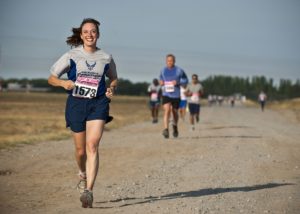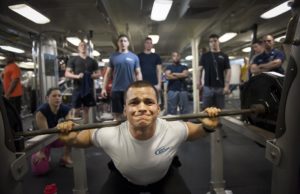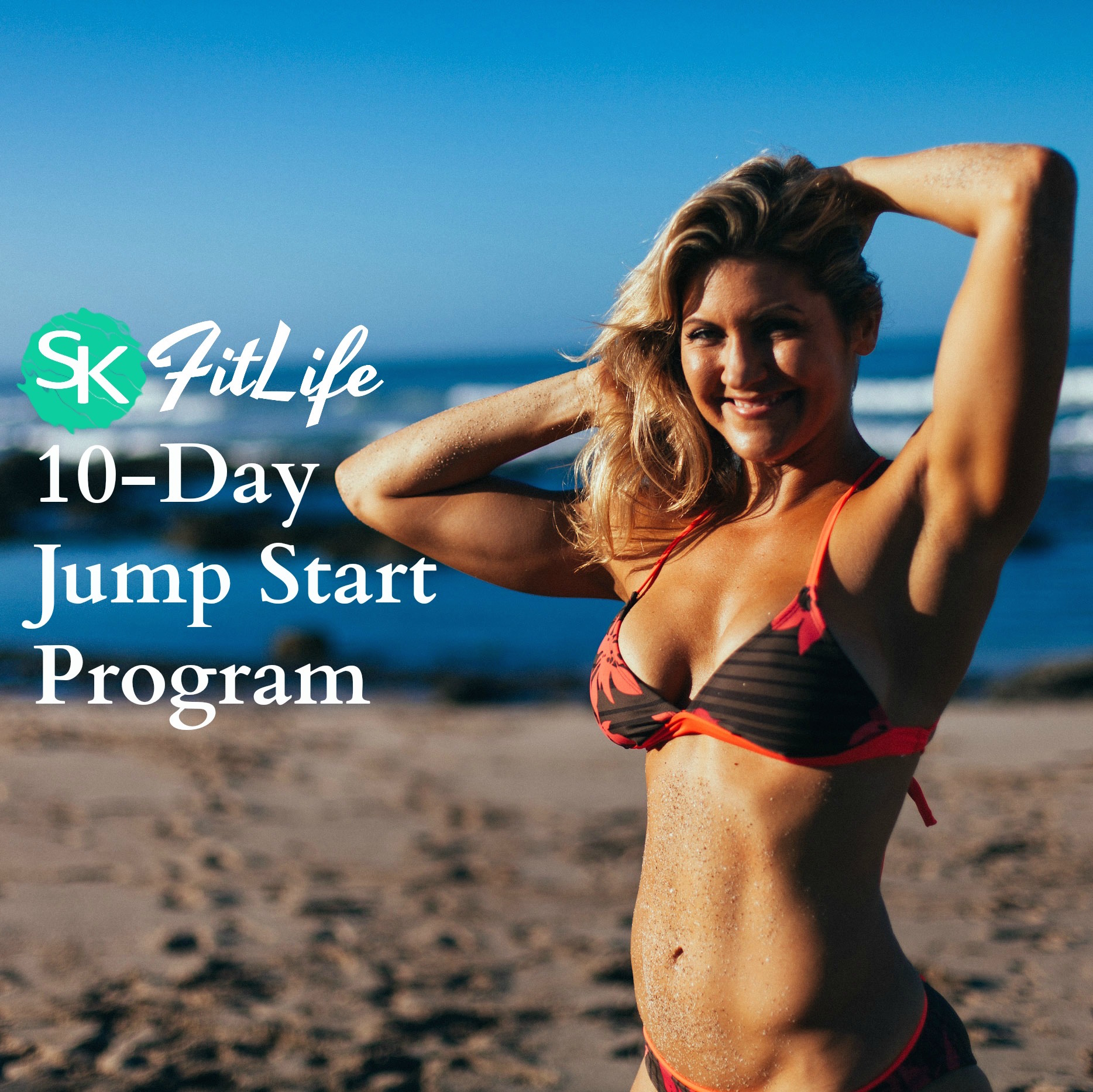Training barefoot has been seen as the ultimate workout experience. Although there are conflicting opinions on which is better, barefoot training has been starting to make its way back into fitness routines.
Some people prefer to train in regular sport’s shoes. This definitely has its advantages, especially in terms of shock absorption with some types of exercises.
Training With Shoes
Training with shoes is still the most popular option for many people. The truth is that most modern shoes came a long way in terms of performance and there is enough research to support the idea behind some of the technologies used by manufacturers.
So which types of exercises are recommended for training with sports shoes? Running seems to be one of the most studied activities when it comes to feet support. There are many studies showing the negative impact of running on knee joints and this is why a good supporting shoe might make the difference and bring you the stability, comfort, and safety you need, especially if you run regularly.
You can also use shoes for some exercises which require strength over stamina. These exercises can include a leg press, squatting or even lunges. There is little evidence to support that shoes actually make you really better at these types of exercises.
Even more, in case you don`t have good shoes which are anatomically made, you might be doing yourself more harm by impacting the direction of the movements and ultimately changing your natural biomechanics.
Good sports shoes should come with decent cushioning for your requirements. They should naturally follow the contour of your feet. Sports shoes should provide a solid platform for the bottom of your feet which is rigid enough to keep you away from accidents and flexible enough to support most of your activities.
So who benefits the most from training with shoes? This question should be the first thing you ask yourself when trying to decide between shoes and barefoot training. People who benefit from training with shoes are often people who need the extra cushioning for some types of routines like HIIT. Some movements often involved in circuit-style training like box-jumps might also be easier on the joints with shoes. Running, either on a treadmill or outside is definitely made easier with the right shoes.
Training Barefoot
Training barefoot is one of the easiest ways to get back in touch with natural movements. Often times, people who train barefoot use the occasion to concentrate on the movements and on the correct form because they report a different sensation which is more grounded, compared to training with shoes.
One of the biggest myths we have is that training barefoot is bad for your feet. There is little evidence to support this major claim. Sure you can benefit from wearing shoes, but not with all the exercises.
So who would benefit the most from training barefoot? This is the proper approach to our debate. As you train multiple times per week you know the difference between types of exercises. Although many cardio-style movements can benefit from wearing shoes, the rest of the exercises are much more versatile.
Strength training can be one of the areas which require no shoes. Take squats for example. Heavy barefoot squatting needs to be done correctly. But once they try it, most people don`t go back to shoes. Because you are barefoot you tend to focus more on your foot, which ultimately leads to a correct form. As squatting requires the coordination of multiple muscles and joints you need all the focus you can get without worrying on which shoes are better.
So should you go barefoot completely? The answer is much more complex than a simple yes or no. You need to see how your feet can benefit from being barefoot or from specialized shoes. It`s often a combination of both which delivers the best results for most people.
For longer cardio sessions such as running, you might need the extra comfort and security feeling of the shoe. With strength exercises like squats, you might prefer the increased focus on your feet. But you can benefit from whichever option you choose, just make sure you don`t alter your natural movements in time.

